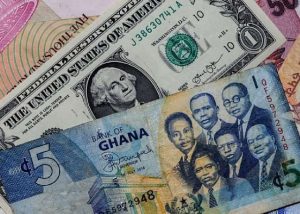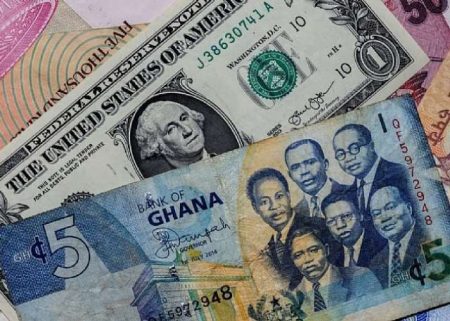The Naira’s Struggle: A Tale of Two Markets
The Nigerian naira has been navigating a turbulent landscape in the foreign exchange market, facing persistent pressure despite the Central Bank of Nigeria’s (CBN) ongoing efforts to stabilize its value. This dual reality creates a complex situation for businesses, investors, and everyday Nigerians. While the official market witnessed a slight appreciation, the parallel market, often reflecting the true supply and demand dynamics, experienced a significant depreciation. This divergence highlights the underlying challenges facing the naira and the broader Nigerian economy. The CBN’s interventionist strategies, involving weekly injections of foreign exchange into the market, have yielded limited success, managing to hold the line in the official market but failing to stem the depreciation in the parallel market. This underscores the depth of the demand for foreign currency, particularly from importers and those who find it difficult to access official channels. This demand pressure is fueled by a number of factors, including Nigeria’s dependence on imports, speculative activities, and a general lack of confidence in the local currency. The gap between the official and parallel market rates creates arbitrage opportunities, further complicating the situation.
CBN’s Balancing Act: Intervention and Confidence Building
The CBN’s commitment to stabilizing the naira is evident in its continued interventions and policy pronouncements. Governor Cardoso’s emphasis on transparency, consistency, and orthodox monetary policy reforms aims to restore confidence in the central bank and the Nigerian economy as a whole. This commitment to conventional monetary policy signals a departure from previous unconventional measures, sending a message of stability to the market. However, the challenge lies in translating these intentions into tangible results. The persistent depreciation of the naira in the parallel market suggests that market participants are still skeptical about the long-term effectiveness of the CBN’s strategies. The success of the CBN’s interventions will depend not only on the amount of foreign exchange injected into the market but also on addressing the underlying structural issues that contribute to the demand pressure on the naira.
Looking Ahead: Cautious Optimism and Structural Reforms
Analysts project a gradual easing of foreign exchange pressures in the near term, predicated on the CBN’s continued weekly interventions. However, they also acknowledge the likelihood of continued volatility, suggesting that the naira’s path to stability is far from certain. Consistent liquidity support from the CBN is seen as a crucial anchor for the naira, but its effectiveness will be amplified by improved foreign exchange inflows and coordinated fiscal policies. Attracting foreign investment and diversifying the Nigerian economy away from its dependence on oil exports are key to boosting foreign exchange reserves and reducing the pressure on the naira. Furthermore, prudent fiscal management is essential to create a stable macroeconomic environment that fosters investor confidence.
Beyond Interventions: The Need for Structural Change
While the CBN’s interventions provide a short-term buffer, long-term stability requires addressing the structural imbalances that contribute to the naira’s vulnerability. This includes diversifying the economy, boosting non-oil exports, and improving the ease of doing business to attract foreign investment. Enhancing productivity and competitiveness in key sectors will reduce reliance on imports and ease pressure on the foreign exchange market. Furthermore, fostering a transparent and predictable regulatory environment will build investor confidence and encourage capital inflows. These structural reforms, while challenging, are essential to creating a sustainable and resilient economy that can withstand external shocks.
The South African Connection: A Potential Catalyst for Growth
The recently signed Memorandum of Understanding between Nigeria and South Africa holds the promise of increased investment and revenue generation in the long term. This agreement aims to foster closer economic ties between the two largest economies in Africa, potentially unlocking new opportunities for trade, investment, and technological collaboration. Increased trade and investment flows between the two countries could contribute to greater economic activity, job creation, and increased foreign exchange earnings for Nigeria. However, the success of this partnership will hinge on the implementation of concrete measures that facilitate trade and investment, address regulatory hurdles, and create a conducive environment for businesses to thrive.
Navigating the Uncertainties: A Multi-Pronged Approach
The naira’s trajectory in the coming months remains uncertain, contingent upon the interplay of various factors including the CBN’s interventions, global economic conditions, and the progress of structural reforms. A multi-pronged approach is essential to navigating these uncertainties. The CBN’s commitment to transparency and orthodox monetary policy must be complemented by concrete measures to diversify the economy, attract foreign investment, and strengthen fiscal discipline. The partnership with South Africa offers a potential avenue for accelerated growth and increased foreign exchange earnings, but its success will depend on effective implementation. Ultimately, the naira’s long-term stability hinges on addressing the fundamental structural challenges facing the Nigerian economy and building a resilient and diversified economic base.














